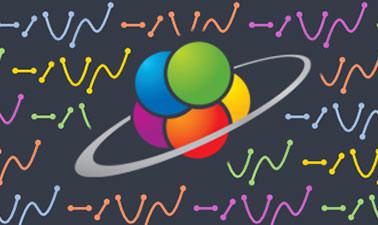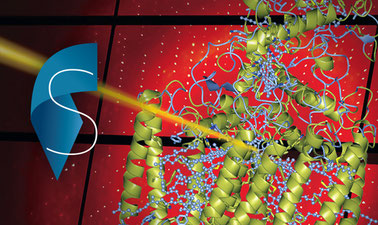The online charge and electric field simulations on this page will allow you to learn in a practical way how these concepts act and how they relate to each other.
Electric charge and electric field are fundamental concepts in physics that describe the interaction of charged particles and the electric forces acting between them.
Electric charge is an intrinsic property of subatomic particles, such as electrons and protons. Charges can be positive (protons) or negative (electrons). Particles with equal charges repel each other, while particles with opposite charges attract each other. In the International System of Units, the unit of electric charge is called the coulomb (or coulomb, symbol C).
The electric field is the region of space surrounding an electric charge where an electric force is exerted on other charges. The electric field is represented by field lines, which are imaginary lines that indicate the direction and strength of the electric field at each point. The intensity of the electric field is measured in units of force per charge, therefore in the International System it is measured in newtons per coulomb (N/C). The calculation of the electric field at a given point is done by applying Coulomb’s law, which states that the field is proportional to the magnitude of the charge that generates it and decreases as the distance increases.
The electric field has numerous applications in everyday life and technology. For example, it is used in touch screens, in the charging of electronic devices, in the acceleration of particles in particle accelerators and in the generation of energy through the interaction of electric and magnetic fields in electric generators.
Explore the exciting STEM world with our free, online simulations and accompanying companion courses! With them you'll be able to experience and learn hands-on. Take this opportunity to immerse yourself in virtual experiences while advancing your education - awaken your scientific curiosity and discover all that the STEM world has to offer!
- Static
- Charge
- Fields
Balloons and static electricity
Take a balloon to explore electrostatic concepts such as charge transfer, attraction, repulsion and induced charge..
File
Charges and fields
Move the positive and negative charges around the playing field and see the electric field and electrostatic potential. Draw equipotential lines and discover their relationship to the electric field. Create models of dipoles, capacitors and more!
File
Physics courses


AP® Physics 1 – Part 1: Linear Motion



AP® Physics 1 – Part 2: Rotational Motion



AP® Physics 2: Challenging Concepts



AP Physics 1



Principles of Modeling, Simulations, and Control for Electric Energy Systems



Principles of Electric Circuits | 电路原理



Electrotechnique I



Electromagnetic Compatibility Essentials

Other courses


Introduction to Solid State Chemistry



Reservoir Geomechanics



Antarctica in a Changing Climate



Introduction to Algebra



Groundwater Cycle



Thermodynamics



Synchrotrons and X-Ray Free Electron Lasers (part 1)


Landscape Ecology




















